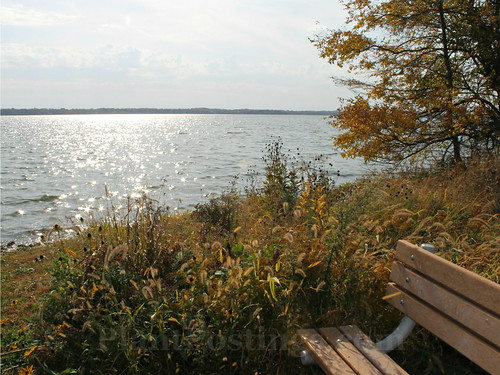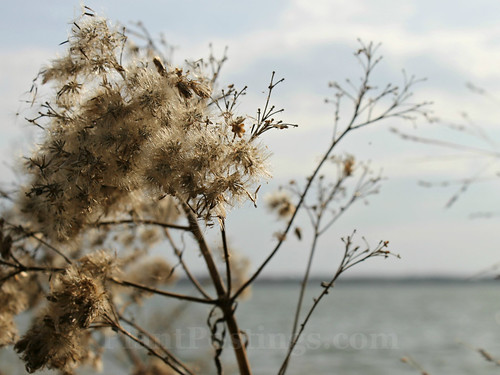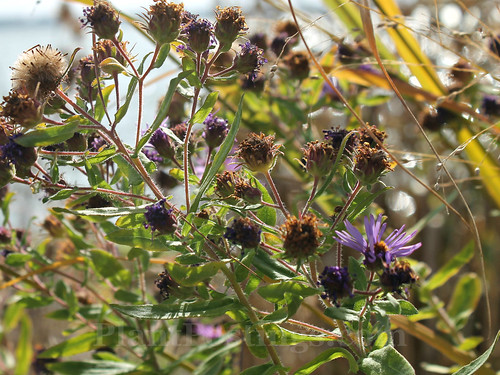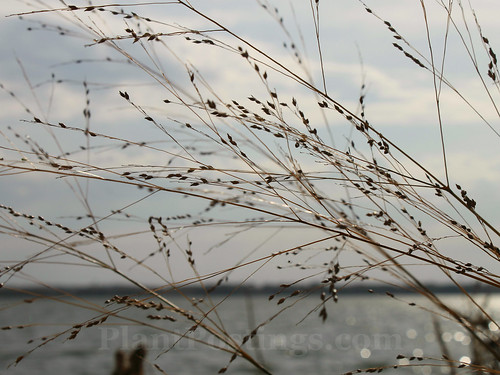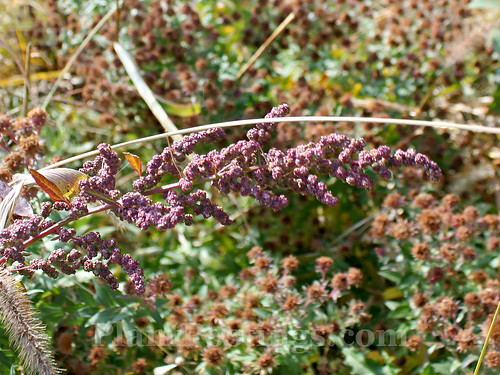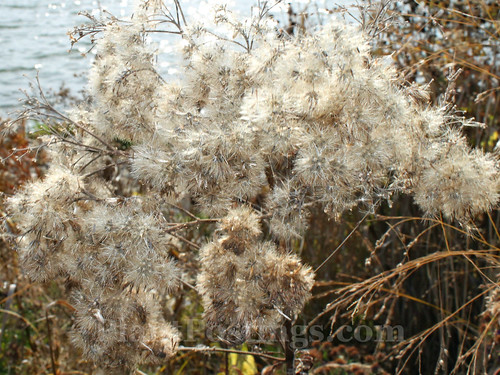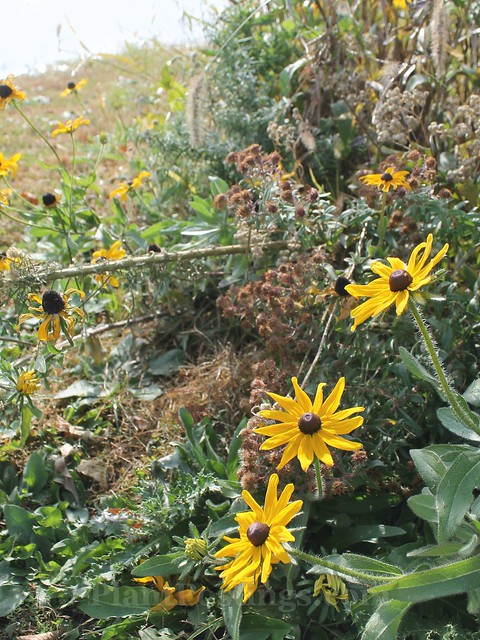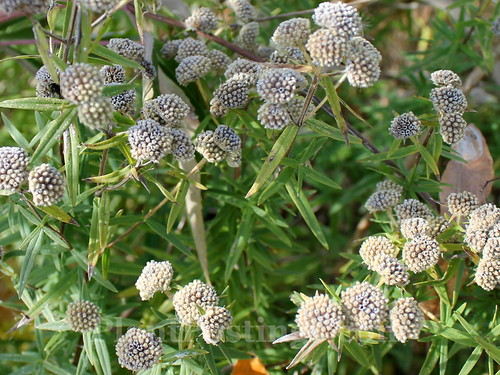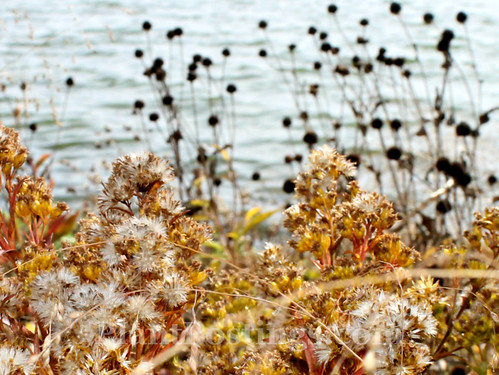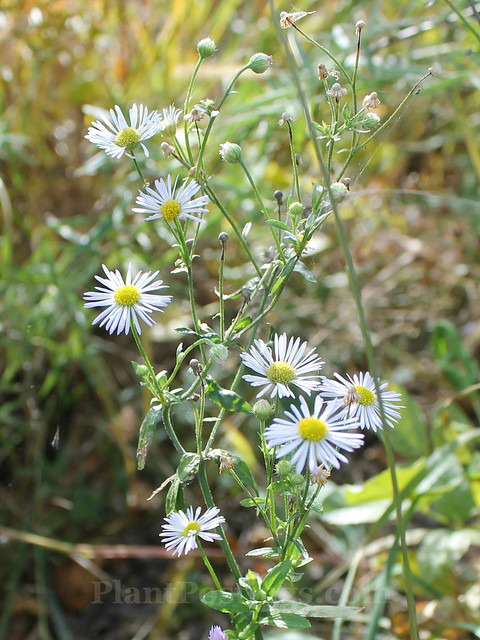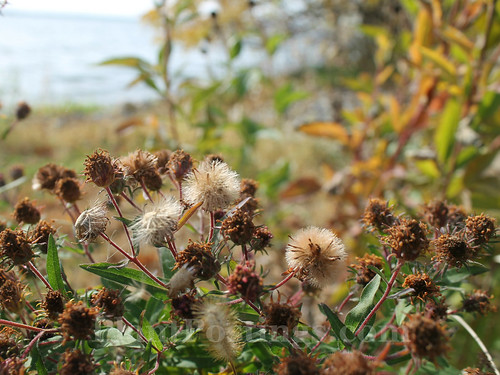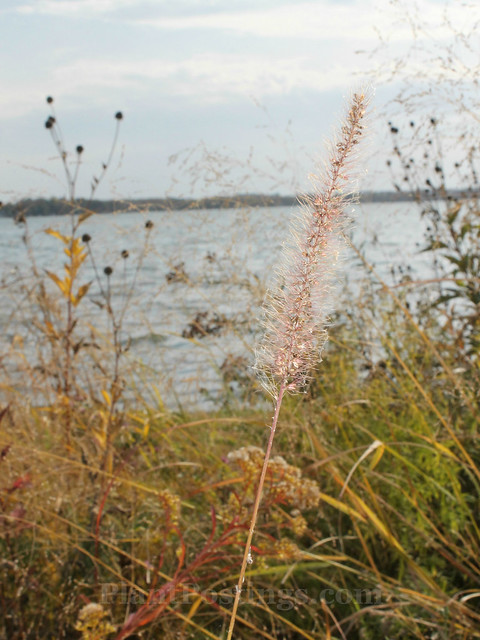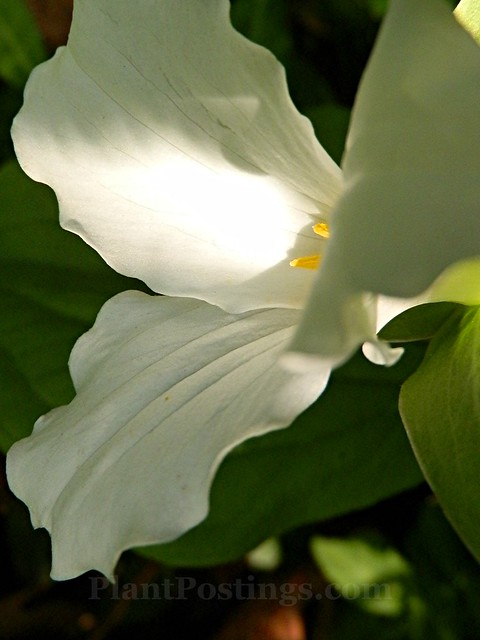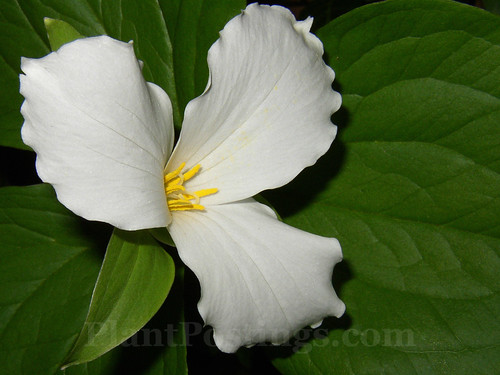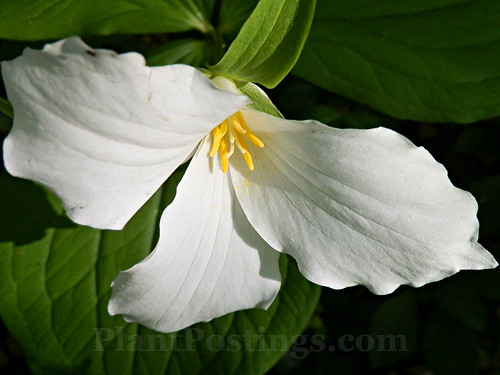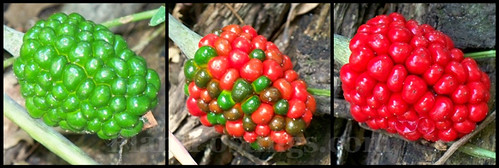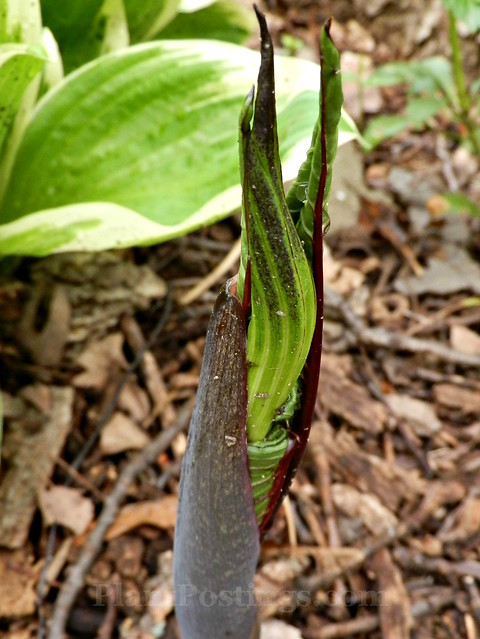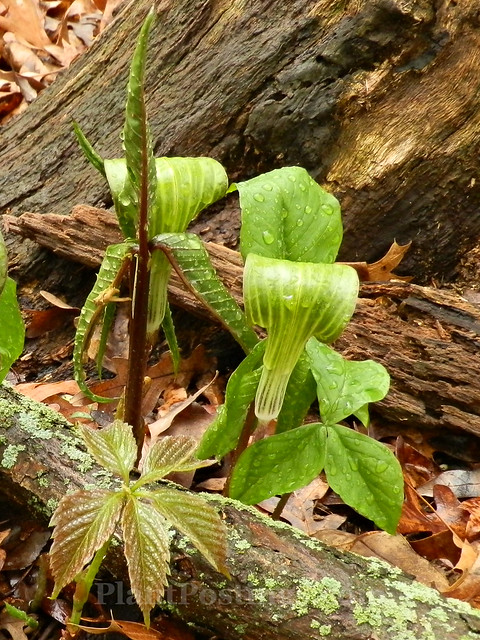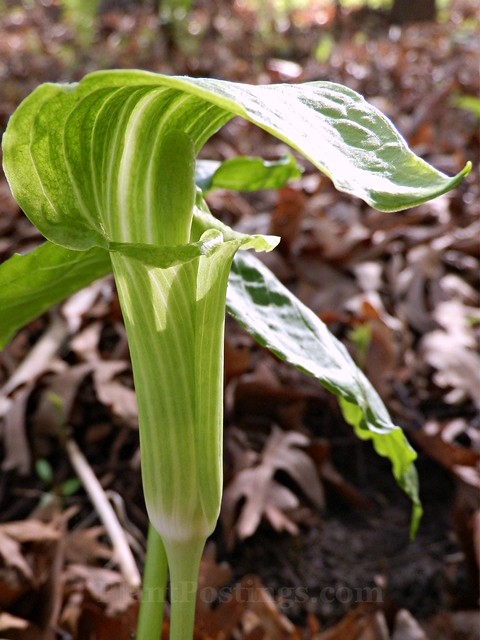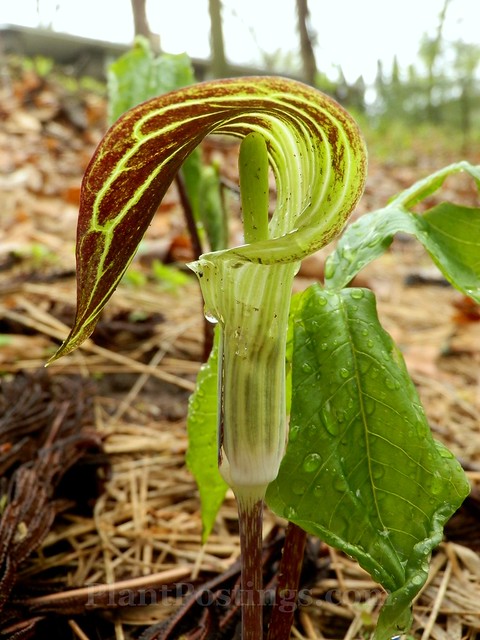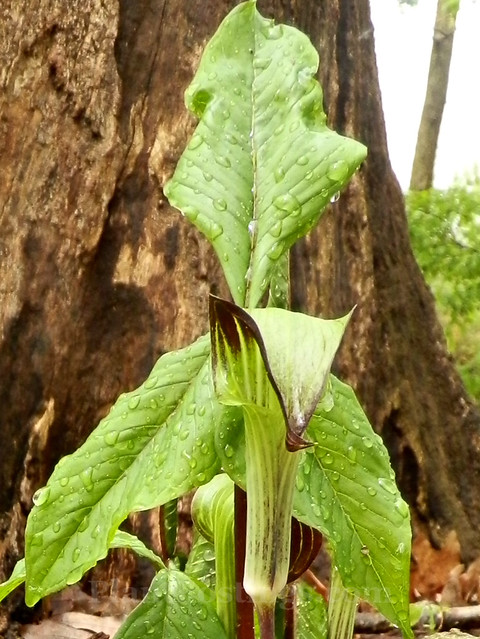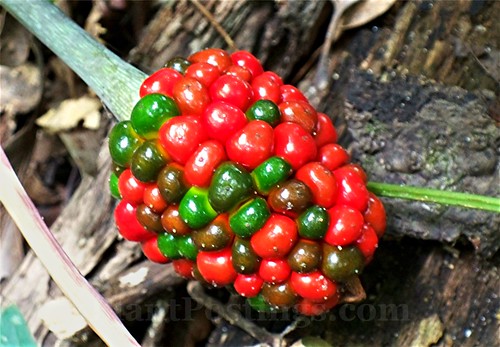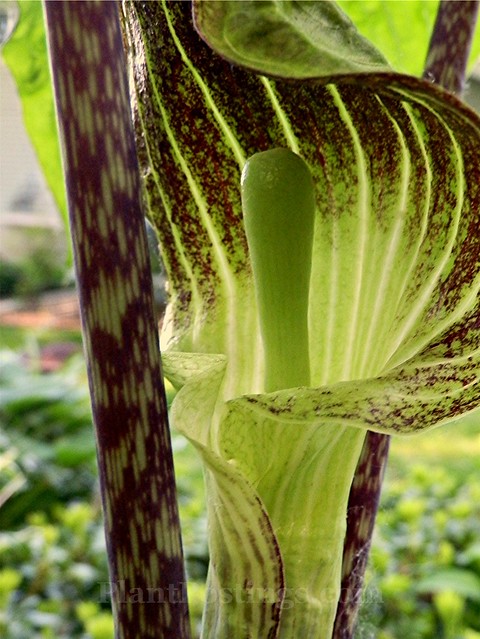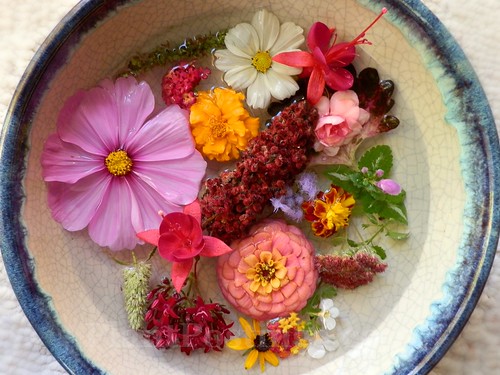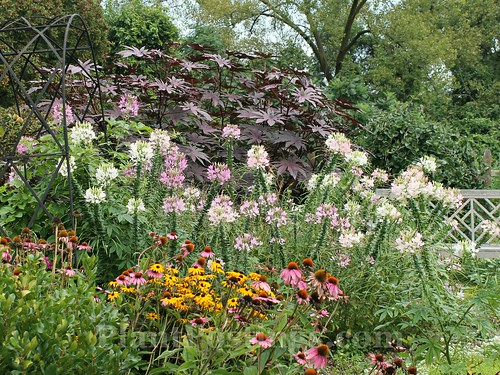
Isn't it a thrill to discover horticultural resources close to home--new botanical wonderlands to explore?
That's what happened when several Midwest gardeners and garden bloggers met in August in Rockford, Illinois, to explore three botanical properties. (Our group included folks from Indiana, Illinois, and Wisconsin. We plan to continue this gathering next summer, possibly meeting in Madison.)
Our first stop was
Klehm Arboretum and Botanic Garden, a 155-acre site that combines native plant and tree collections with rare trees and shrubs cultivated for exhibition.
We met on a Friday, and had the place almost to ourselves.

The grounds were well-maintained, yet warm and welcoming--including this pavilion, a popular local wedding venue.
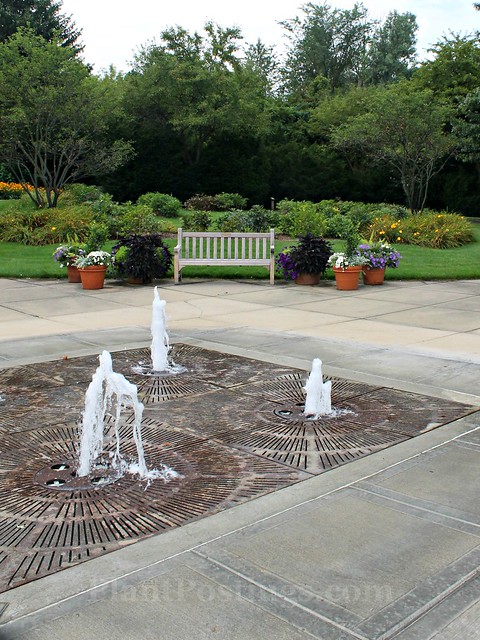
The Fountain Garden adjacent to the pavilion tempted us. Our visit occurred on a very hot day, and some of us thought about running through the water spouts.
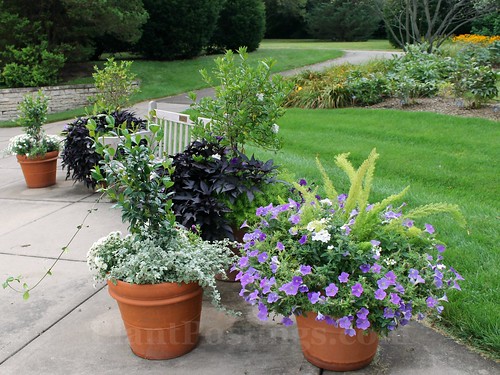
Gathering areas throughout the property provided resting places and inspirational plant combinations. I enjoyed the Foxtail Ferns (
Asparagus densiflorus)/Petunias combination and the small potted shrubs with purple Sweet Potato vine (
Ipomoea batatas).

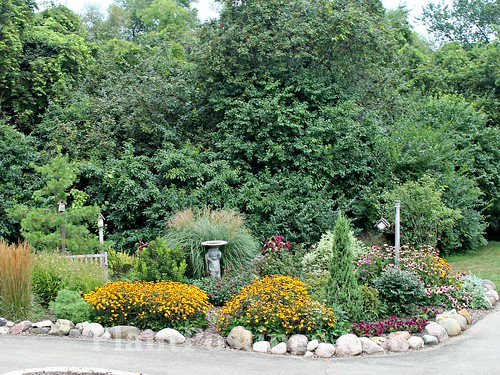
The formal garden areas were whimsical, and had a nice mix of statuary, benches, birdhouses, trees, shrubs, perennials, and annuals.
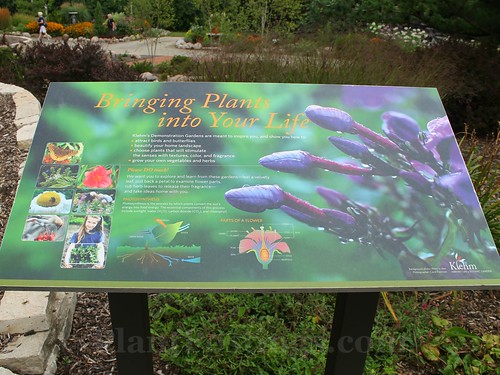
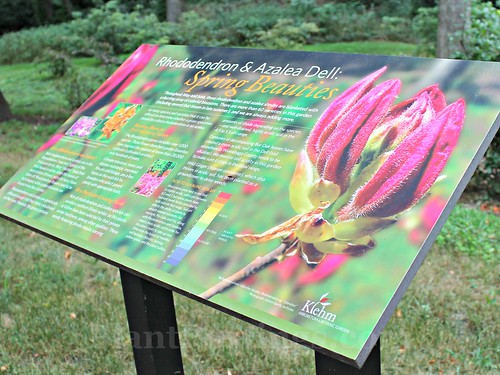
Even the signage was bright, colorful, and informative. I'd like to go back next spring to see the Rhododendron and Azalea Dell.
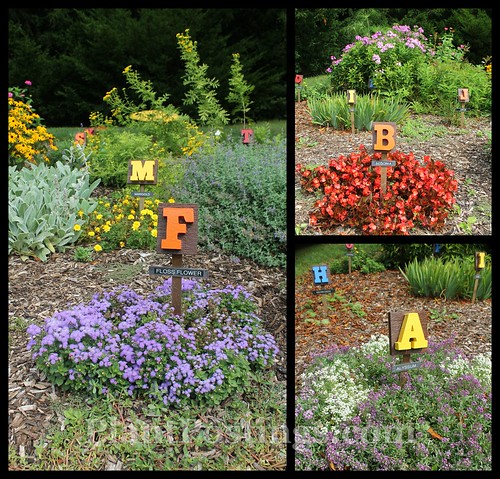
This plot in the Children's Garden was arranged by alphabet--using common names. It was bright and colorful, and most of the plants selected for this special area were either in bloom or had eye-catching foliage.
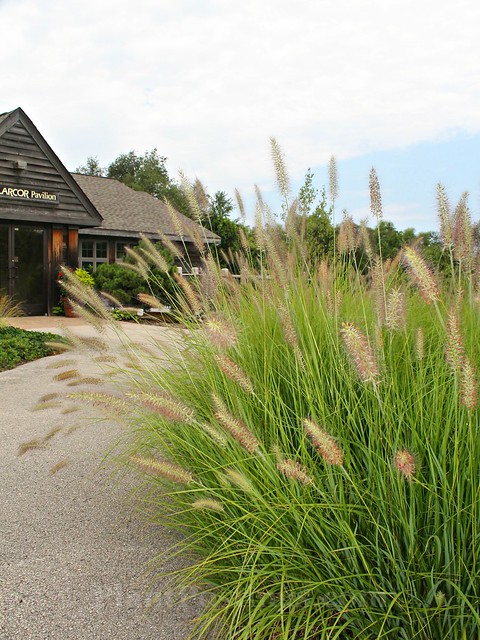
Loved this stand of Fountain Grass (
Pennisetum setaceum) along the path to the pavilion.
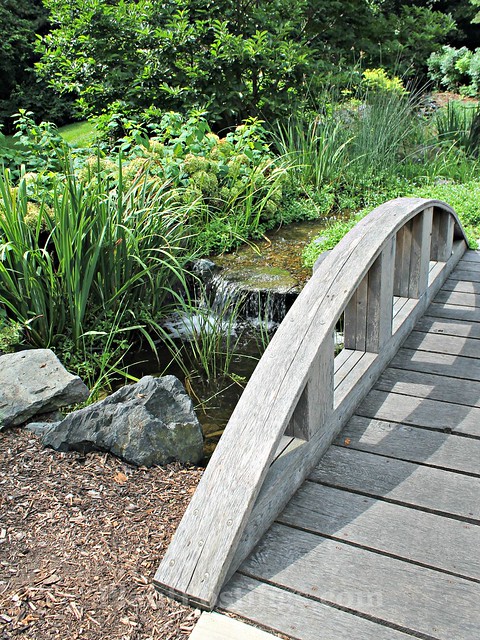
This bridge over a small stream took us to an interesting woodsy area.


Several simple, but very attractive waterfalls dotted the landscape.
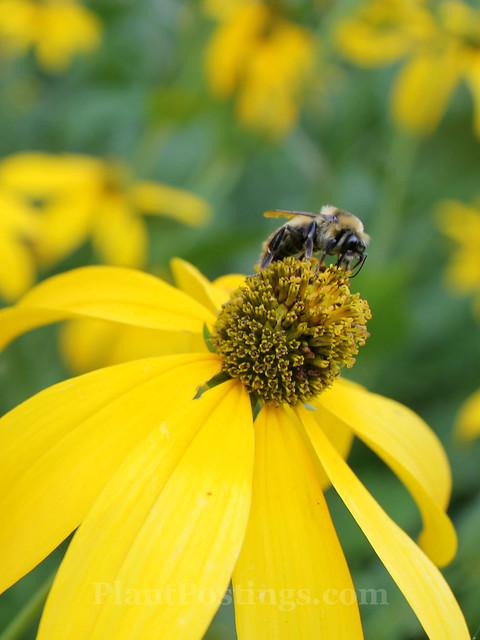
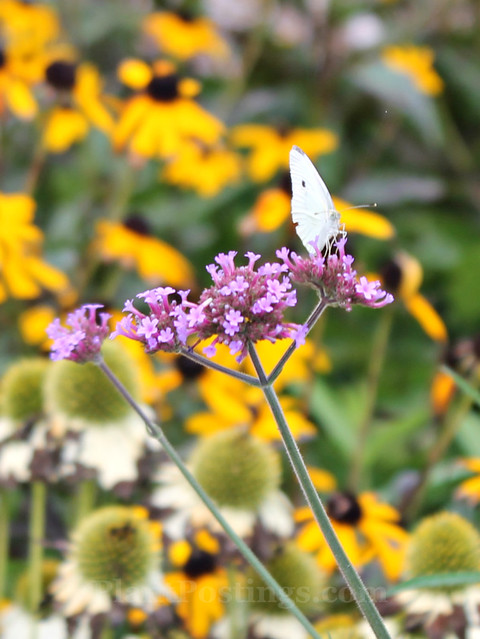

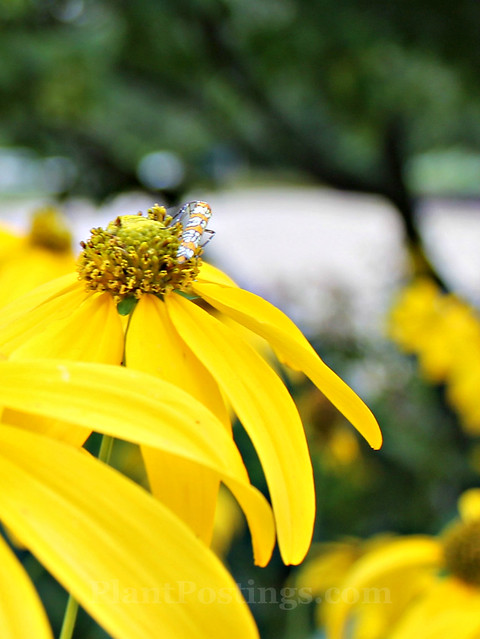

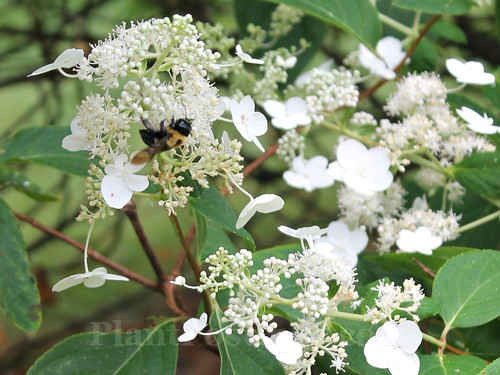
Pollinators and accidental pollinators all seemed happy with the nectar and pollen smorgasbord.
I photographed several individual plants that captured my eye, including:
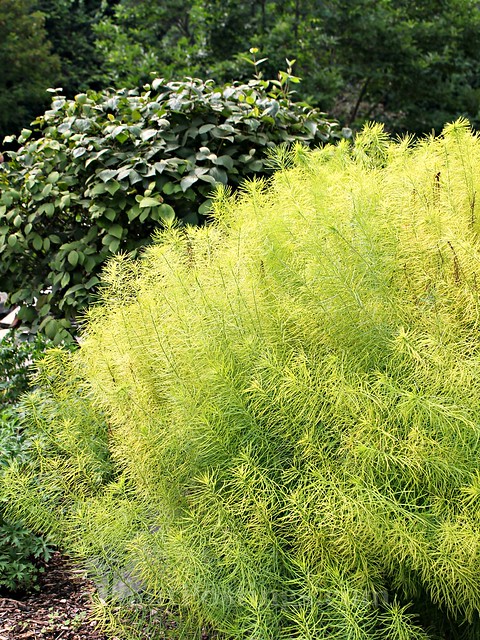
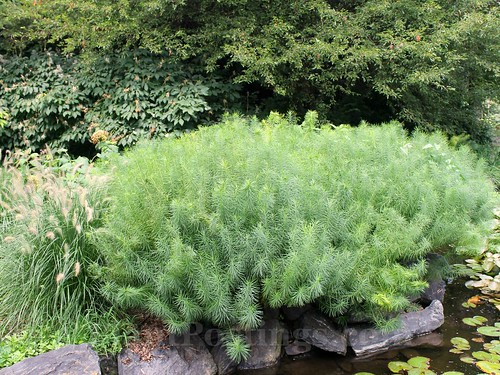
Blue-Star Amsonia (
A. hubrichtii): There were several patches in various stages of color change, depending on location and lighting. I imagine this area is stunning in the fall!
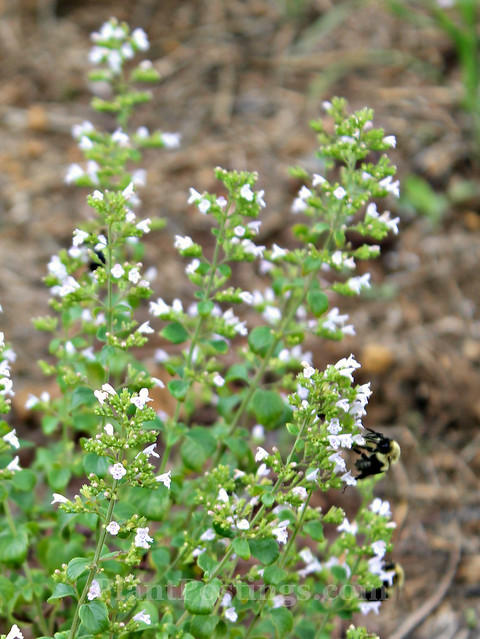
As always, the Lesser Calamints (
Calamintha nepeta subsp.
nepeta) were covered in bees.
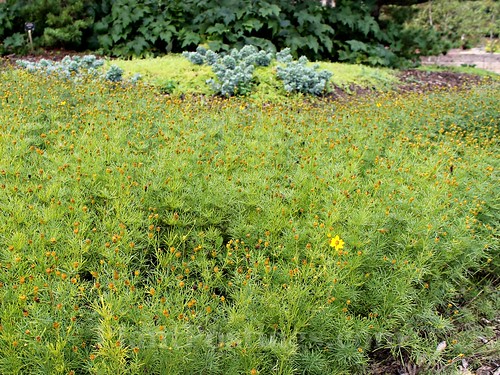
Around one corner was a swath of Threadleaf Coreopsis (
C. verticillata), which was gorgeous even at this late stage.

A few Daylilies were still blooming.
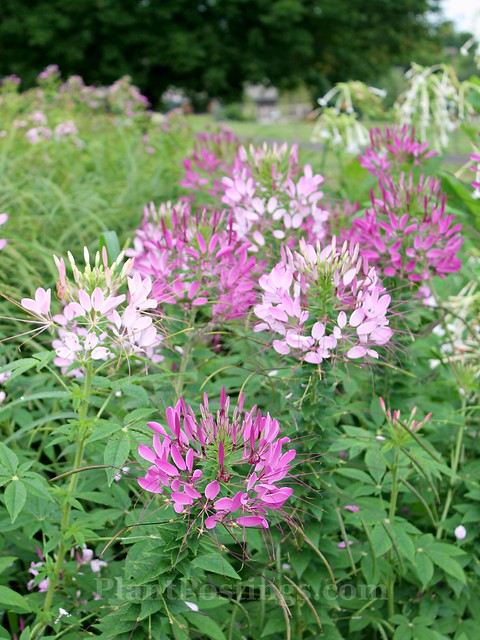
Cleomes (
C. hassleriana) were probably the plant of the day--another specimen that looked stunning en masse.

The Turtleheads (
Chelone lyonii) were just starting to bloom.
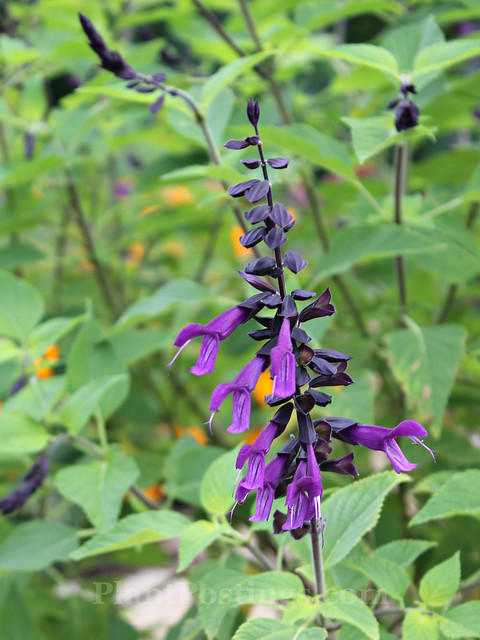
'Amistad' Purple Salvias were spectacular, too.
While I was drawn to individual plants, it was the formal and informal plant
combinations that really impressed, like the grouping at the beginning of this post and several others:

Castor Bean plants, Cleomes, potted succulents, Coral Bells, Alyssums, and more.
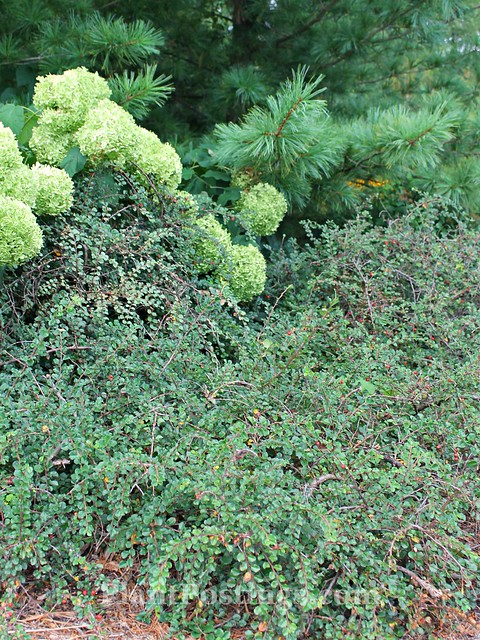
A very healthy patch of Cotoneaster (
C. horizontalis) framed by conifers and green late-season Hydrangeas (I think these are 'Annabelles').
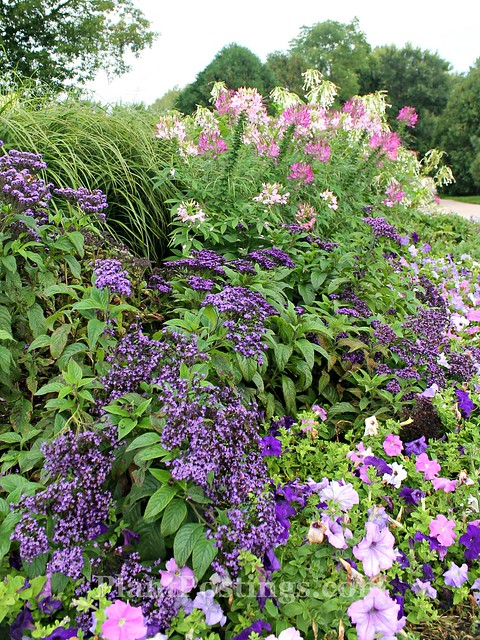
And a dramatic grouping that we all found fascinating: Flowering Tobacco (
Nicotiana), Cleomes, Purple Heliotropes (
Heliotropium arborescens), and swaths of Petunias.
 |
| Recognize any of these people? |
It was a fun day! We also visited the
Anderson Japanese Gardens and the
Nicholas Conservatory and Gardens, which I'll highlight in a future post. Rockford is an excellent destination for plant-lovers and garden enthusiasts. I'm already planning a return visit next year!
